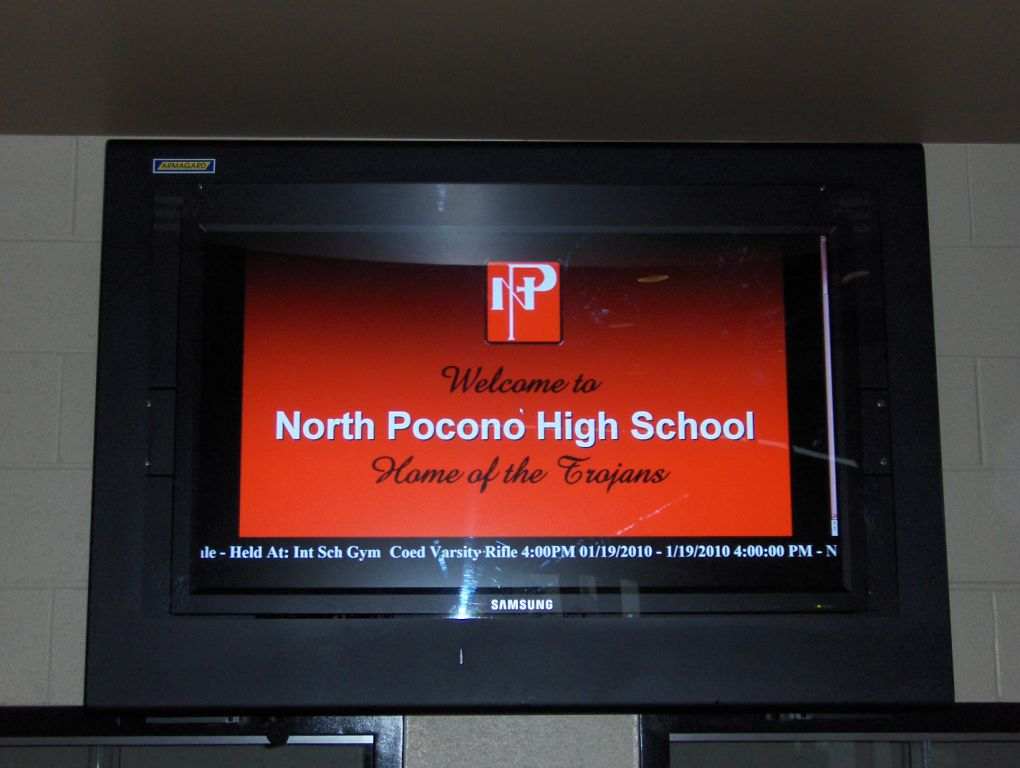Information Displays and Non Advertising Uses for Digital Signage
Posted by: Richard Williams | Posted on: | 1 Comments
Digital signage, the use of modern flat-screen TVs for advertising and branding purposes, is not the only use for LCD and plasma screens out of the home. Because of their flat nature, low cost and ability to provide real time information, LCD screens are now a common form of information provision.
Using TV screens in this way is not new. Railways stations, airports and transport hubs have long used TV systems to provide passengers with information; however, with the rise of LCD and plasma, more and more organisations can implement screens as messaging and information systems.
For businesses and institutions, messaging has always been a challenge. Traditional notice boards require time and manpower to post up new content, which may or may not get read. Other forms of messaging have their downsides too—emails require a person to log-on and read the message (and of course have access to a computer which not all employees may have).
Digital displays enable content to be uploaded on all displays on a site at the same time, no matter the size of location. This has many advantages over traditional messaging as there is no requirement for people to log on to a PC, or visit a notice board. Even outside, displays can be used (as long as they are protected from the weather in an LCD enclosure) which can be critical in times of emergency.
Many schools and public institutions are turning to digital signage because of this reason as any incident that occurs on campus, can be relayed to all screens and so warning late arrivals of the situation. This ability to warn people arriving on site was something that officials in a recent campus shooting in the USA said could have saved lives.
LCD displays used to provide information like this, make any message more noticeable and likely to get read which makes this type of messaging valid for all sorts of applications,
Emergency broadcasts from the local authorities, opening times and expected closures for retailers, greeting messages at businesses, and appointment times at surgeries are all current applications for modern information screens but more and more uses for digital signage displays are being developed all the time.
Post shortlink:
Popular Products
LCD Enclosure
Need armor for your LCD/LED screen(s)? Outdoors or inside the versatile LCD enclosure protects against thieves, vandals & the weather. Installation idea: NFL stadiums.
Outdoor Digital Signage
Exclusive 46” outdoor screen protection. Dubbed the ‘Totem’, due to its distinct design, it repels damage threats, but attracts audiences. Installation idea: Drive-thru restaurants.
Portrait Flat Panel Enclosure
Safeguard your eye-level advertising display screen(s), indoors or outdoors. Completely customizable, add exciting features like touch screen technology. Installation idea: Restaurant frontages.
Indoor Digital Signage
Popular purchase for retail outlets! Great for ‘point of sale’ persuasion, boost your brand with static & motion advertising from a single unit! Installation idea: Mall of America.





